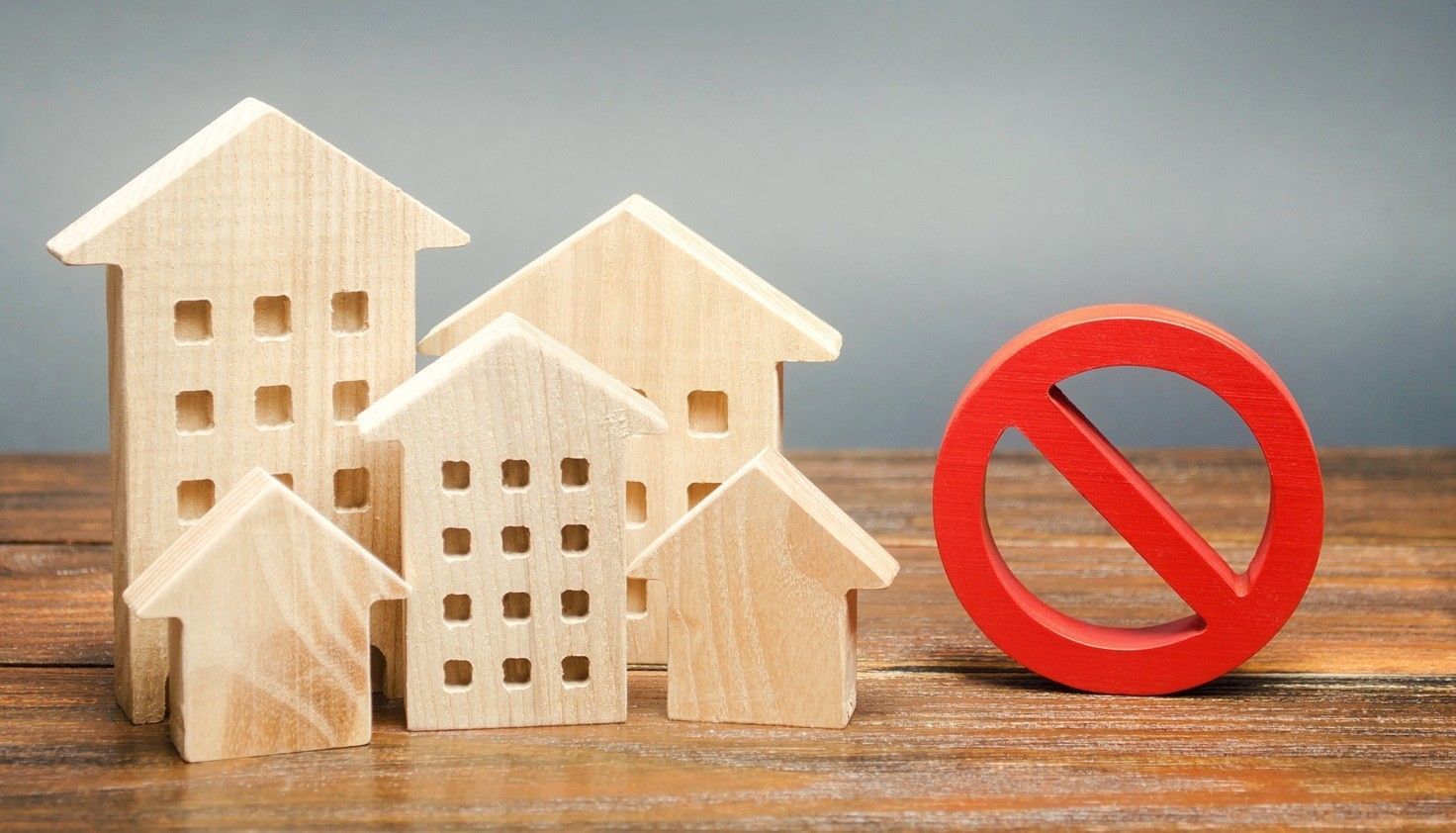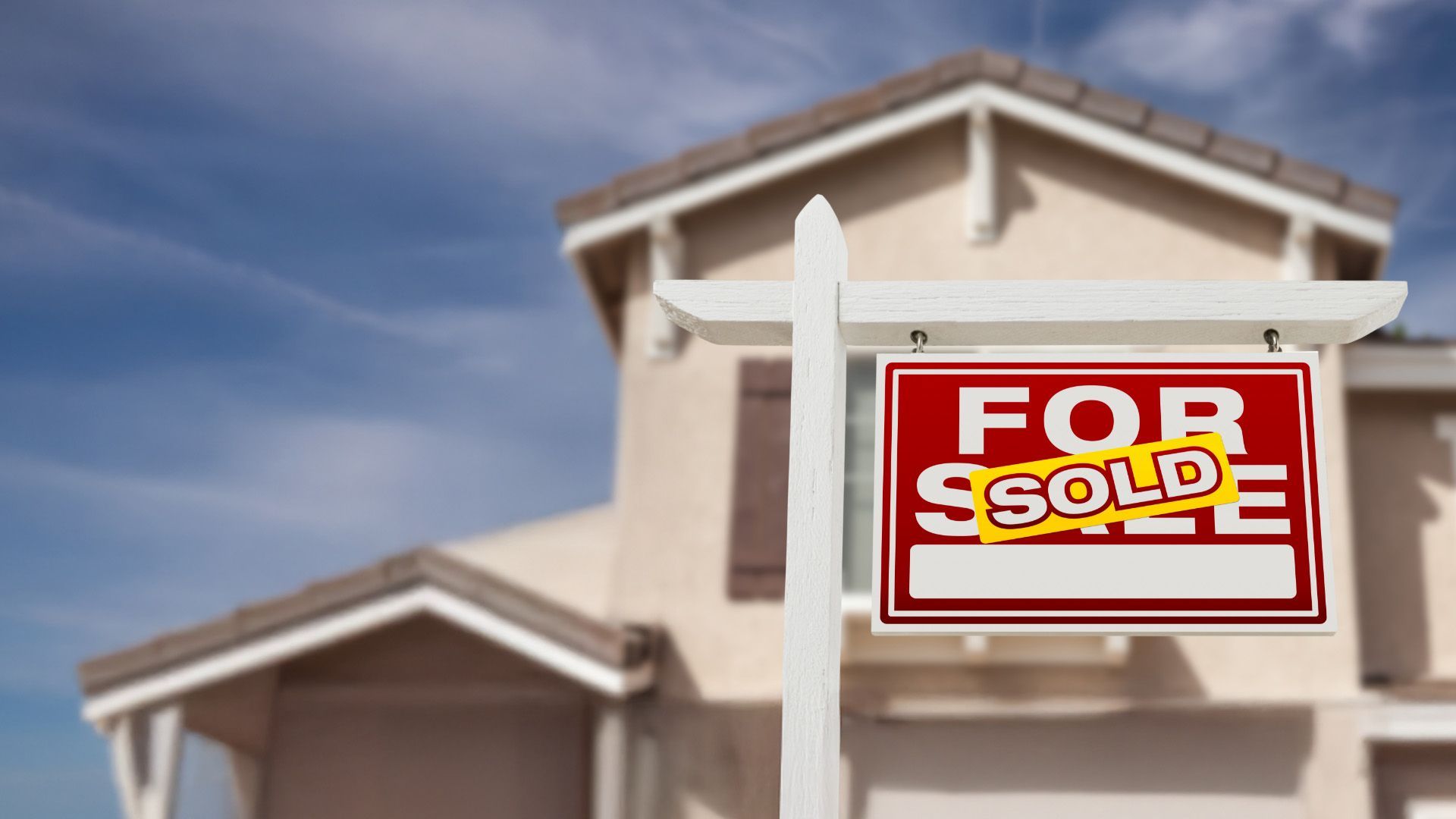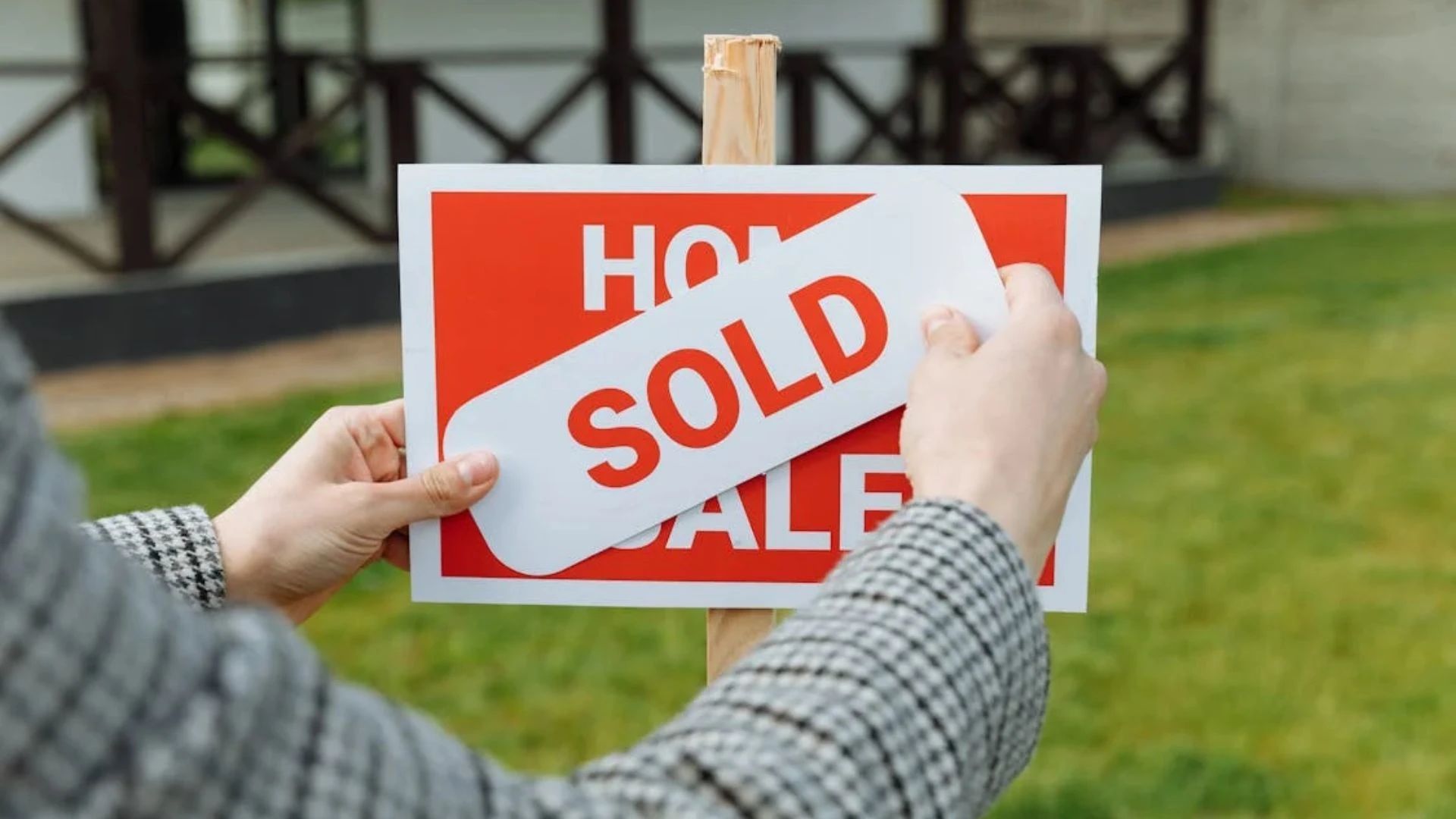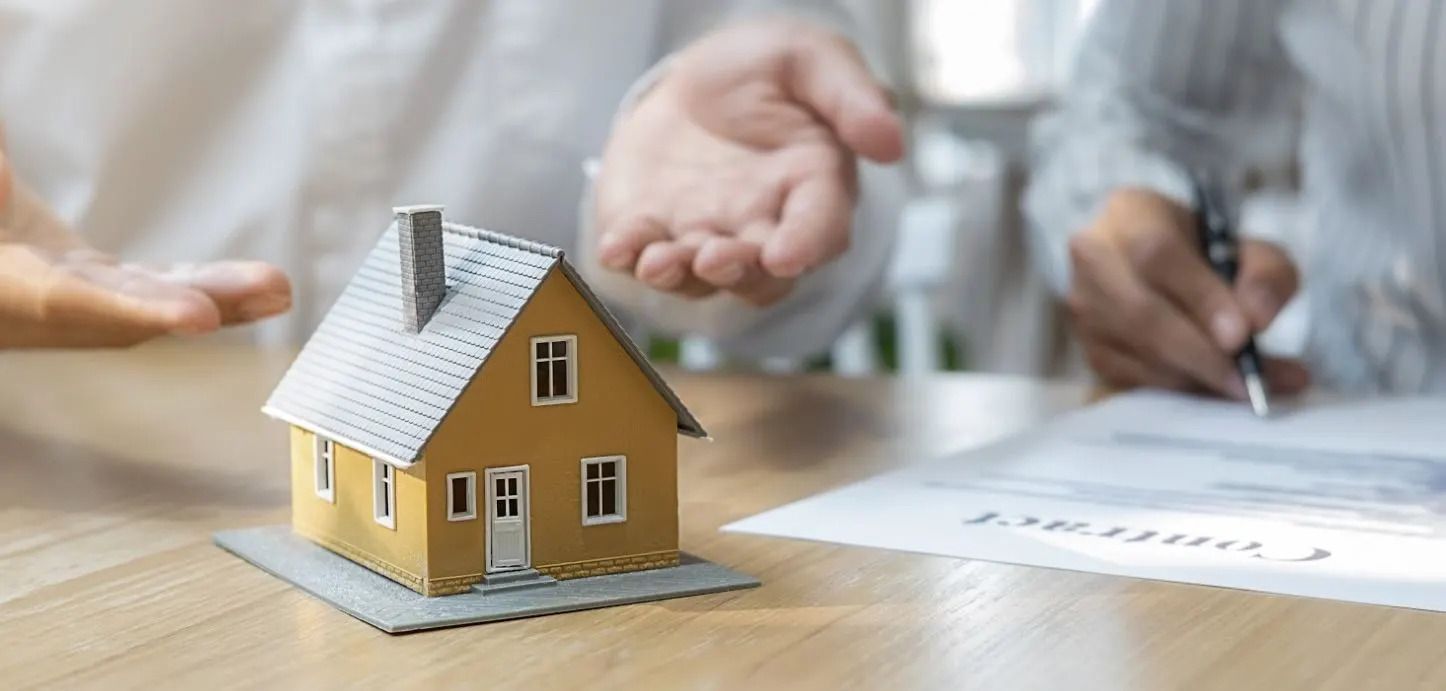Essential Steps to Prepare Your Home for a Successful Sale
Selling a home is more than just putting a sign in the yard and hoping for the best. It’s a curated, strategic process—one that requires planning, preparation, and attention to detail. In today’s competitive real estate market, these essential steps to prepare your home for a successful sale can mean the difference between a house that lingers and one that’s snatched up with multiple offers.
Whether you’re relocating for a new job, downsizing, or cashing in on your investment, this guide is tailored to give you practical, experience-based advice that sets you apart from other sellers.

How to Prepare Your Home for a Successful Sale
Preparing your home for sale isn't just about cleaning. It’s about positioning your property to appeal to the largest pool of buyers, creating emotional connections, and increasing perceived value. In the first 10% of a showing, most buyers decide whether a home is right for them. That’s why essential steps to prepare your home for a successful sale must be executed before your listing ever goes live.
Understanding the Home Selling Process
Before diving into staging and painting, it’s crucial to understand how the home selling process works. From choosing a Realtor to finalizing the deal, sellers need to stay proactive. Familiarize yourself with the steps from pre-listing to closing, so you can avoid delays and missteps.
Why First Impressions Matter to Buyers
The first impression is not just a saying—it’s a psychological truth. Buyers often form emotional attachments before stepping through the door. That quick glance at your entryway or lawn might seal the deal—or send them running.
Boosting Your Home's Exterior Charm
Think of your exterior as your home’s resume. Curb appeal communicates pride of ownership and potential. Power-wash the driveway, mow the lawn, trim the hedges, and add a pop of color with seasonal flowers. Fresh paint on the front door also works wonders.
Creating a Welcoming Front Door Experience
The entryway sets the tone. Keep it clean, lighted, and inviting. Consider a new welcome mat, polished house numbers, or a wreath to add warmth.
Deep Cleaning: More Than Just Tidying Up
A deep clean means more than sweeping floors. Steam clean carpets, wash windows, scrub grout, and shine appliances. Buyers will open cabinets and look behind doors.
Removing Personal Items and Visual Clutter
Buyers want to visualize themselves in your space, not see your kid’s soccer trophy or wedding pictures. Store away personal items and thin out overstuffed bookshelves and closets.
Depersonalizing for a Broad Appeal
By neutralizing your home, you allow buyers to imprint their vision. This doesn’t mean boring—it means inviting neutrality. Go minimalist with furniture, colors, and décor.
Enhancing Natural Light and Ambience
Dark homes feel smaller. Open curtains, install brighter bulbs, and use mirrors strategically. Natural light brings energy and life to any room.
Completing Minor Repairs and Quick Fixes
Leaky faucet? Cracked tile? These may seem minor but signal neglect to buyers. A simple $20 fix can prevent losing thousands on offers.
Repainting Walls with Neutral Colors
Repainting is inexpensive but makes a huge impact. Choose soft, neutral colors like greige, off-white, or pale gray to make rooms feel bigger and cleaner.
Smart Home Staging Techniques That Sell
Home staging turns spaces into storybooks. Use tasteful décor, accent pillows, and soft lighting. Professional staging can yield up to 10% more on the final sale price.
Rearranging Furniture to Maximize Space
Flow matters. Keep walkways open and furniture proportional. Remove bulky or extra pieces to highlight spaciousness and functionality.
Modernizing Interior Design Accents
Swap out outdated light fixtures or cabinet hardware. These small updates make a home feel refreshed and well-maintained.
Creating a Pleasant and Inviting Smell
Smell is powerful. Use subtle diffusers or bake cookies before showings. Avoid strong artificial scents, which may raise red flags.
Cleaning or Replacing Carpets and Floors
Floors take a beating. Clean area rugs, buff hardwoods, and consider replacing old carpet. Buyers love clean lines underfoot.
Organizing Closets and Storage Spaces
Buyers love storage. Make closets appear roomy by removing half the contents and organizing the rest neatly.
Managing Pet Odors and Evidence
Pet smells can be a deal-breaker. Deep clean, air out, and remove pet items before showings. Use enzymatic cleaners to eliminate odors.
Getting a Pre-listing Home Inspection
Surprise repairs during escrow? No thanks. Get a pre-listing inspection so you know what needs fixing before buyers point it out.
Hiring a Professional Real Estate Photographer
Online listings are judged in seconds. A professional photographer captures your home’s best angles and boosts online interest significantly.
Writing a Compelling Online Listing Description
Words matter. Highlight upgrades, amenities, and neighborhood perks. Use descriptive, emotional language that paints a lifestyle, not just specs.
How to Handle Home Showings Like a Pro
Flexibility is key. Be ready to leave on short notice and keep the home show-ready. Add fresh flowers or soft background music for atmosphere.
Picking the Right Time to List Your Home
Spring and early summer often yield quicker sales. However, local trends vary. Consult your Realtor for market timing advice.
Setting the Right Price Strategically
Overpricing leads to stagnation. Underpricing can leave money on the table. A comparative market analysis helps price it right from day one.
How to Handle Offers and Counteroffers
Stay calm, consult your agent, and keep emotion out of negotiations. Counteroffers are common, and patience pays off.
Working with a Skilled Realtor
A great Realtor brings market knowledge, negotiation skills, and peace of mind. Choose someone experienced and communicative.
Hosting Successful Open Houses
Clean. Stage. Invite. Promote online. And then leave. Buyers are more comfortable exploring freely.
Cost-Effective Upgrades for High ROI
Think: new faucets, light fixtures, and cabinet handles. Even replacing a worn mailbox can boost value perception.
Preparing Legal Documents and Disclosures
Transparency builds trust. Prepare your disclosures, warranties, HOA info, and inspection reports early.
Final Walkthrough Preparation
Before closing, the buyer will do a final walkthrough. Ensure everything is clean, functional, and as agreed in the contract.
Staying in Touch with Your Contact
Maintain communication with your contact to ensure a smooth transaction. Quick responses = fewer hiccups.
Common Home Selling Mistakes to Avoid
Don’t ignore staging. Don’t overprice. Don’t take feedback personally. These pitfalls often lead to missed opportunities and lower offers.
Frequently Asked Questions
How far in advance should I prepare my home for sale?
Start 30–60 days before listing to handle cleaning, repairs, and staging comfortably.
Do I need to hire a professional stager?
Not necessarily, but professional staging can significantly increase your home’s appeal and value.
What’s the most important room to stage?
The living room, master bedroom, and kitchen make the strongest impressions.
Should I make major renovations before selling?
Only if they offer high ROI. Small upgrades usually provide better returns.
What happens if my home doesn’t sell quickly?
Review pricing, marketing strategy, and feedback. Sometimes a small tweak makes all the difference.
How do I know if my Realtor is doing a good job?
Regular updates, showings, market feedback, and active marketing are strong signs.
Your Path to a Profitable and Quick Home Sale
Success doesn’t happen by accident—it’s the result of strategic planning, hard work, and guidance from professionals. With these essential steps to prepare your home for a successful sale, you’ll maximize your profit, minimize stress, and move forward with confidence.
Link:











